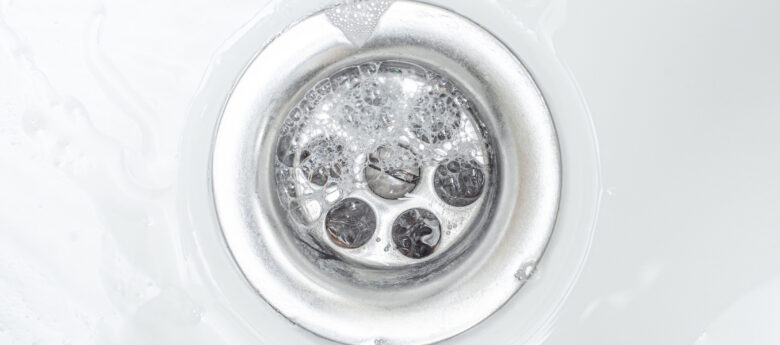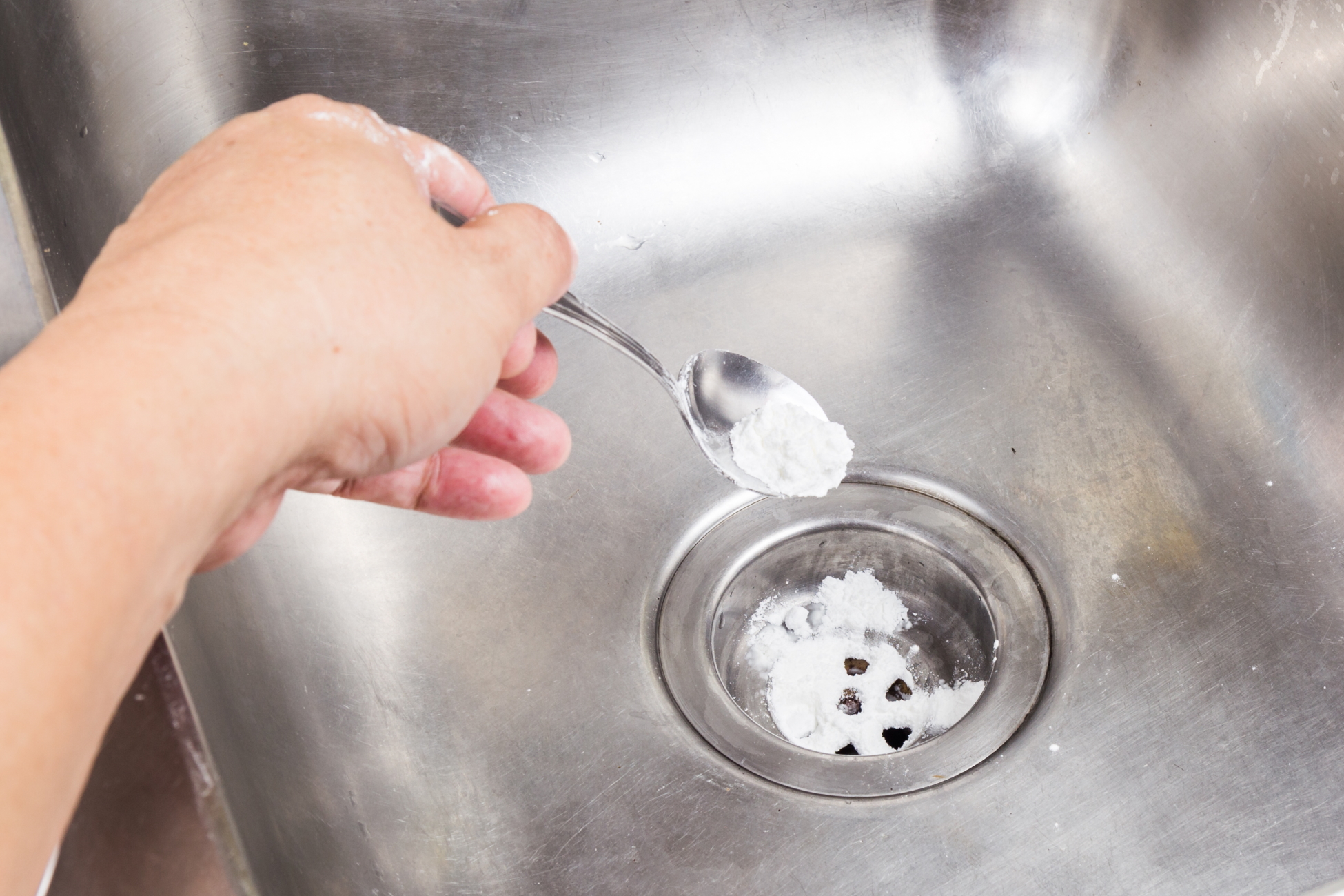Costly Drain Cleaning Mistakes To Avoid

Effective drain cleaning is crucial for maintaining the functionality and hygiene of commercial facilities. However, there are common mistakes that facility and property managers make when it comes to this critical task.
This article will discuss these mistakes and provide insights on how to avoid them. By implementing proper drain-cleaning practices, you can prevent costly repairs, reduce blockages, and ensure smooth operation within your facility.
Neglecting Preventive Maintenance
Almost every building manager or owner has dealt with a clogged drain. Solving the problem is usually as easy as snaking the drain, but it’s not always that simple. Sometimes, the issue is much worse than you might realize and could result in a costly repair at some point, such as paying a plumber or drain-cleaning service over $500 to clear your line.
The best way to avoid major expenses is to implement a sewer maintenance program, including identifying common causes of a clogged sewer line and how to prevent them.
Some preventive practices include using food strainers or hair catchers and establishing drain maintenance programs with scheduled inspections. For instance, a regular camera inspection of the sewer lines can identify potential root issues or other blockages that require attention.
Additionally, using flow improvers once a month can help prevent buildup and subsequent blockages. A flow improver is ideal for restaurant or food service establishments. It eliminates drain line buildup and controls odors with grease and waste-digesting bacteria and biodegradable grease and soil removers.
Consider a multi-use flow improver to disperse grease, soap, detergents, and other organic waste responsible for system failure. There are environmentally friendly options available with non-acid/non-caustic formulas, these biodegradable cleaners dissolve, deodorize, and control buildup.
Premature Use of Chemicals
Using chemical drain cleaners prematurely, especially when there is no flow, can be counterproductive and may result in harmful substances accumulating in your pipes.
To prevent this, ensure that there is a minimal flow in the drain before utilizing chemical cleaners. To create minimal flow and ensure that chemicals adhere to blockages correctly, you must first mechanically clear the blockage.
Alternatively, as mentioned above, using chemicals as a preventive measure before blockages occur is the most effective approach.
Choosing the Wrong Drain Cleaner for the Application
While you may be tempted to grab any off-the-shelf drain cleaner (or a “homemade solution,” such as baking soda and vinegar) to clear a clogged drain, there are many more effective options. To open a clogged drain effectively, picking a cleaner capable of dissolving each clog’s particular collected matter is important.
First, determine whether the situation is an emergency (a complete blockage) or a drain that’s still slowly draining. Based on your findings, you can make an educated decision.
Choose the right drain cleaner based on the type of drain you are trying to clean:
- For kitchen blockages, you want to use a drain cleaner that will remove the fat and grease that gets into the drain.
- For bathrooms, you’ll want to use something formulated for soap scum and hair commonly found in that type of drain.
Acids are very aggressive cleaners and are best used for the most severe emergency: waste-line stoppages. These drain cleaners are sold only through plumbing wholesalers to plumbing or maintenance professionals who understand the hazards acid cleaners present and the proper PPE and safety guidelines necessary when using this type of drain cleaner.
A hydrochloric acid-formulated chemical is a powerful cleaner that effectively removes scale, salts, mineralized deposits, slime, and corrosion to help clean the drain and prevent future clogs.
A sulfuric acid drain solvent can be used for emergency use in clearing drain, sewer or waste lines. These aggressive cleaners work well for major waste-line stoppages, rapidly disintegrating paper, rags, food, and all organic matter.

Assuming the Blockage Is Cleared
Merely restoring water flow does not always signify that the blockage has been completely cleared. It is essential to double-check the drain’s condition by using a camera to inspect the pipes after clearing a blockage. This will ensure that no remnants or partial blockages remain in the system. By conducting post-clearing inspections, you can confidently confirm that the drain is entirely clear and that no further issues are likely to arise.
Using Incorrect Tools for the Job
The wrong drain cleaning tools can lead to further complications and potential damage to the plumbing system. Different-sized pipes and blockage types require specific tools. For instance, using a small snake or an inadequate cutting head may not effectively clear a blockage in larger commercial pipes.
Using Inappropriate DIY Solutions
Avoid using unconventional DIY solutions or unverified recommendations found on the internet. Coat hangers, boiling water, vinegar and baking soda mixtures may not effectively clear drains and could potentially cause more harm than good. Relying on approved, tried-and-tested drain cleaning methods will yield better results and minimize the risk of damaging the plumbing system.
Lack of Experience
Last but not least, engaging in drain cleaning without adequate experience can result in costly mistakes. It is vital to have someone with the necessary expertise to teach or guide you on proper drain-cleaning techniques.
Training and experience help you gain a better understanding of when a blockage is encountered, how to handle it, and when to seek professional assistance. Lack of experience not only increases the risk of insufficiently cleared blockages but can also lead to personal injury if proper safety measures are not followed.
Sean Comerford is Technical Applications Manager at Oatey Co. He is third-generation tradesman with nearly 20 years of plumbing experience, including serving as the lead plumber for commercial/residential new construction, service and fire protection jobs. He holds a State of Ohio Fire Protection License for Sprinkler and Standpipe.
